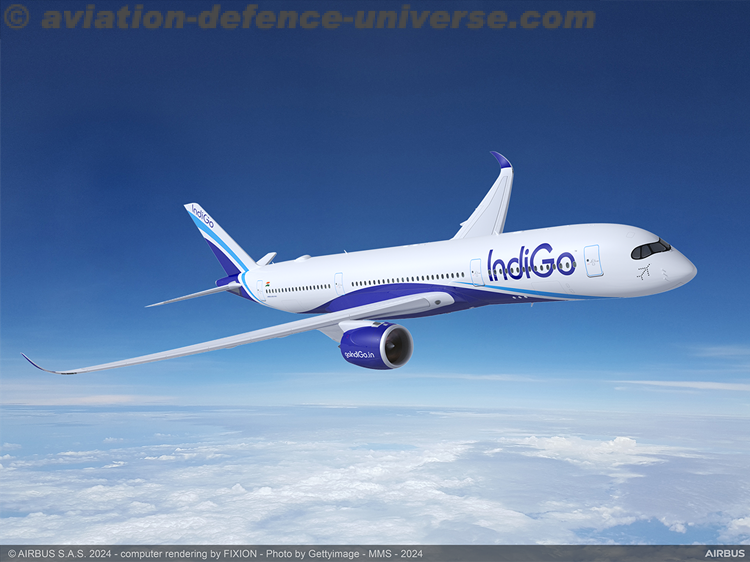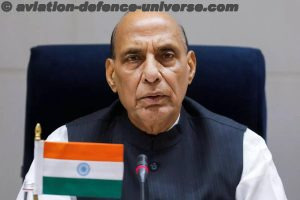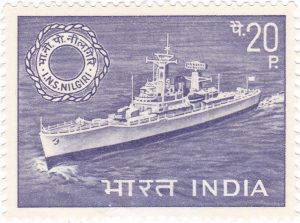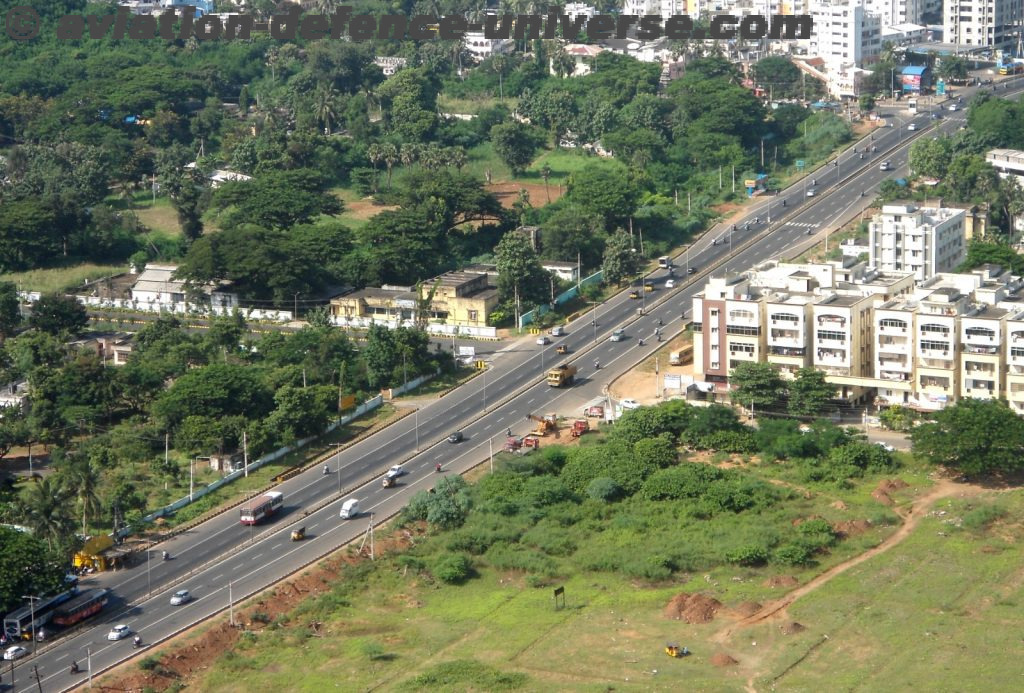- SHAKTI 98: India’s nuclear blast took the world by surprise
By Major General Lav Bikram Chand (Retd.)
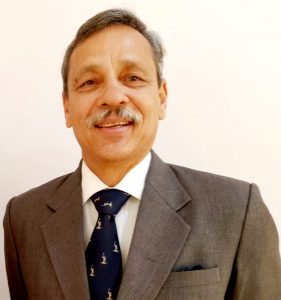
New Delhi. 20 April 2020. Parmanu – is a dramatized, yet nearly factual, picturization of 1998 Nuclear Test carried out by India on 11th May and 13th May 1998. It was as if by providence, I was part of this historic event. The successful detonation of One Fission, a low yield and a thermo nuclear device. These tests took the entire world by surprise and are considered one of the major failures of CIA. The secrecy cover was so successful that even the Corps Commander Lt Gen P S Joshi was not aware of the actual timings of nuclear test plans till the second week of May 98 (the devices were moved into location from BARC only on 7/8th May).
The whole world knows that, a secure area west of Pokhran is the nuclear testing site of India. This area is under surveillance by US spy satellites and agents. Three shafts that were used for the 11th May blasts had been prepared in 1980s. Colonel R Wahi, SM (Retd); then a Captain was awarded Sena Medal – Distinguished Service for preparations of the shafts. Being a good friend, Six Months Senior in same NDA Squadron, he while trying his best to be very-very secretive had revealed to me in 1985, that he got the SM in Pokhran. Me, being aware of where “The Budha Smiled” in May 1974, could put two and two together. Who could forecast that, 24 years later I would be a part of SHAKTI-98.
Early morning of 9th May (Saturday), I got a call from Col S K Sethi, Officiating CSO Konark Corps to meet him straight away. The Task was to prepare a plan for providing communications to six locations from a central place. The communications should be fool proof, secure and the locations would be 12 to 15 Kms from the central location. Line communications will only be resorted to as the last option. More, importantly barest minimum personnel will be selected and the team will not comprise of any officer. Task is very important and orders are from the Corps Commander himself. Fall back with a plan in half an hour to brief the Corps Commander.
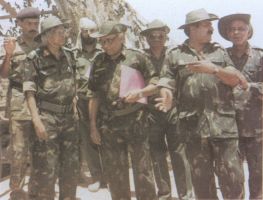
Konark AREN Signal Regiment, having just won the Batra Trophy in Jan 1998 (for being adjudged Best Command/ Corps Signal Regiment of Indian Army) was fully geared for the task. The confidence in AREN and ASCON based communication system made them as the natural choice. My CO, Colonel Sitanshu Mishra had trained the unit well and had an excellent grip over the unit. Being the month of May, minimal training activities due to heat in Deserts, most of the officers were availing their leave. CO too had left on Annual Leave in the same morning. His sweat in peace time was to be put to test. More so, his style of leadership of total confidence in his Unit’s capabilities and her professionalism would bear fruits now.
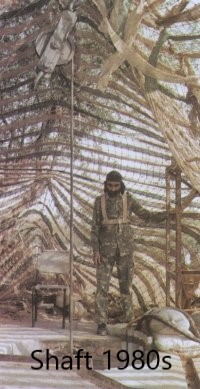
There I was, with a plan to exploit the Radio Line System (RLS) with its secure Radio Line Entities (RLEs) and extension of ASCON ex Pokhran and Lahti in provisioning the communications. The obvious choice was to nominate Maj VRS Katoch OC of 3 Company (Entity Company) as the coordinating officer. Naib Subedar Reddy was selected to lead the team. On reaching the Corps HQs, I briefed the DCSO of the plan. And on enquiry with the Corps Commander, for the desired briefing by the Officiating CO, we were told that the GOC approves of our plans and there is no need of the CO to personally meet the Corps Commander. However, specific orders, direct from Corps Commander were, secrecy will not be compromised and No Officer, in any way, will be part of any preparatory activity outside unit lines.
Only later we came to know that the Corps Commander, did not personally meet any one from the unit to maintain secrecy (Corps HQs have many prying eyes) and more importantly to drive home a point that he has full confidence in his Junior Leadership. From my previous experience, once I was told of the general location, I could make a guess that, the move has to do something with Nuclear tests. (Even in my wildest dreams, never could I could imagine that it would be 48 hours later).The team was launched, with strict instructions that they would not communicate with anyone. An RV was set at the main gate of 17 Grenadiers, Pokhran. Successful marrying up was the only message I received from Nb Sub Reddy.
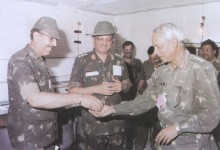
Next call from Reddy was at 1600 hours on 11th May and he just said “Sir Ho Gaya- News mein aa jayega” (It is done- it will come on the News). The world was taken by surprise and rest is history. With the impending visit of Prime Minister Atal Bihari Bajpai along with his cabinet and opposition leaders on 14th May I was given go ahead to move and over see the communications on 12th May. Two more detonations were carried out on 13th May 98. Some interesting incidents are being narrated, which are not known to many.
Colonel Gopal Kaushik, CO 58 Engineer Regimen, had learnt a lot since 1995 (when India was first stopped by USA from carrying out the test), on how to avoid detection by US Satellites. All Department of Atomic energy, Atomic Energy Commission, DRDO, BARC personnel were in army combat dress. The only give away to a close observation were the characteristic long hair of Dr Abdul Kalam and the sports shoes instead of Combat Boots. Their feet could not get used to the heavy military boots. Fortunately, these were concealed under the Hats and combat tunics. It was jokingly said that potbellied scientist would be a giveaway and were not party of this team.
58 Engineer Regiment would follow the daily routines of an engineer regiment in field. They would conduct detachment drills, cricket matches, sports competitions, Sunday brunches, tambola etc. All work would be done in the night with heavy machinery returning to their sheds. Mini sand dunes that would normally form at night were restored before daybreak. To maintain unit routine and depict adequate strength, 58 Engineers worked 24×7 for almost two months. The resolve of the unit to succeed was evident. The Regiment contributed immensely in the success of the tests, preventing interference by international community, like in 1995 and 1996 to put a stop to India from becoming a nuclear power. 17 Grenadiers, provided the perimeter defence of the two spatially dispersed test clusters. They were equally dedicated and adhered to the security drills.
Keys being passed on at Deer Park – Control Room- An hour before the detonation. It was initially planned to detonate the sixth device (sub-ton) on 14th May in the presence of Atal Bihari Bajpai. But on arrival, PM on advice of Dr Abdul Kalam and Dr Rajagopala Chidambram (Chairman AEC), decided not to conduct the sixth detonation. For them it was never a number game. The 6th well was sealed with cement with a nuclear device, even today, remains harmlessly buried 20 meters in the sand of Khetolai, Rajasthan. India’s earnest to conduct no more nuclear tests was demonstrated by matching action.
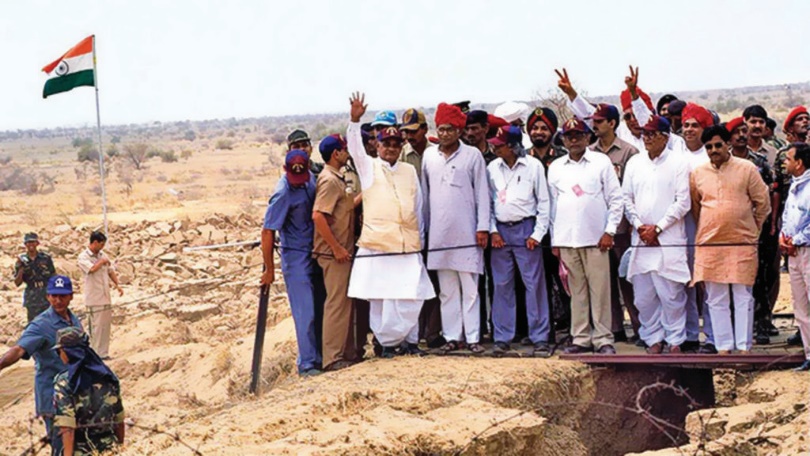
Shakti-98 is an example of collaborative efforts from the PMO down to the soldier on ground. An error by even one of the elements participating would have led to a repeat of 1995 & 96 and the Tests would have once again been put on hold due to International Pressure. I was told by officers of 58 Engineer Regiment that contents of not even one letter had to be scored by black marker by the unit censure team.
The display of Junior leadership and team work was at its very best. The temperatures were in excess of 49oC, the electronics of AREN equipment worked in these high temperatures. Since 5th May there were a flurry of activities from BARC to Khetolai. Many agencies were in top gear. Still every entity worked with clockwork precision, the communications were precise and accurate. Secure communications were available directly from Control Centre (Code name Deer Park) to PMO exchange. If required one could communicate to anywhere in the world over AREN / ASCON system on to VSNL communications. Most of our hankies were employed in a secondary task of keeping the RLEs cool and not in wiping our brows.
PM transited effortlessly from his role of a leader of Scientists to a public figure. He carried the NDA as well as the entire opposition together. Group Photo at the historic test site amplifies this aspect. As per the PM, SHAKTI-98 was a national victory and not a victory of the ruling party. I had the privilege of being one of the first to hear his slogan “Jai Jawan, Jai Kissan, Jai Vigyan”.
The continued trials of Nuclear warheads in Chandan Ranges near Jaisalmer is another success story of Dr APJ Abdul Kalam.
(Major General Lav Bikram Chand (Retd.) has served as ADG Telecomn and Chief Architect NFS, DDG ICT/DCOAS(IS&T) Sectt and as Project Director ASCON Phase III in the Corps of Signals of the Indian Army. Currently he is Chairman Precision Electronics Ltd. and Director Technology and Innovations EXICOM(I) LLP. The views in the article are solely the author’s. He can be contacted at editor.adu@gmail.com)




